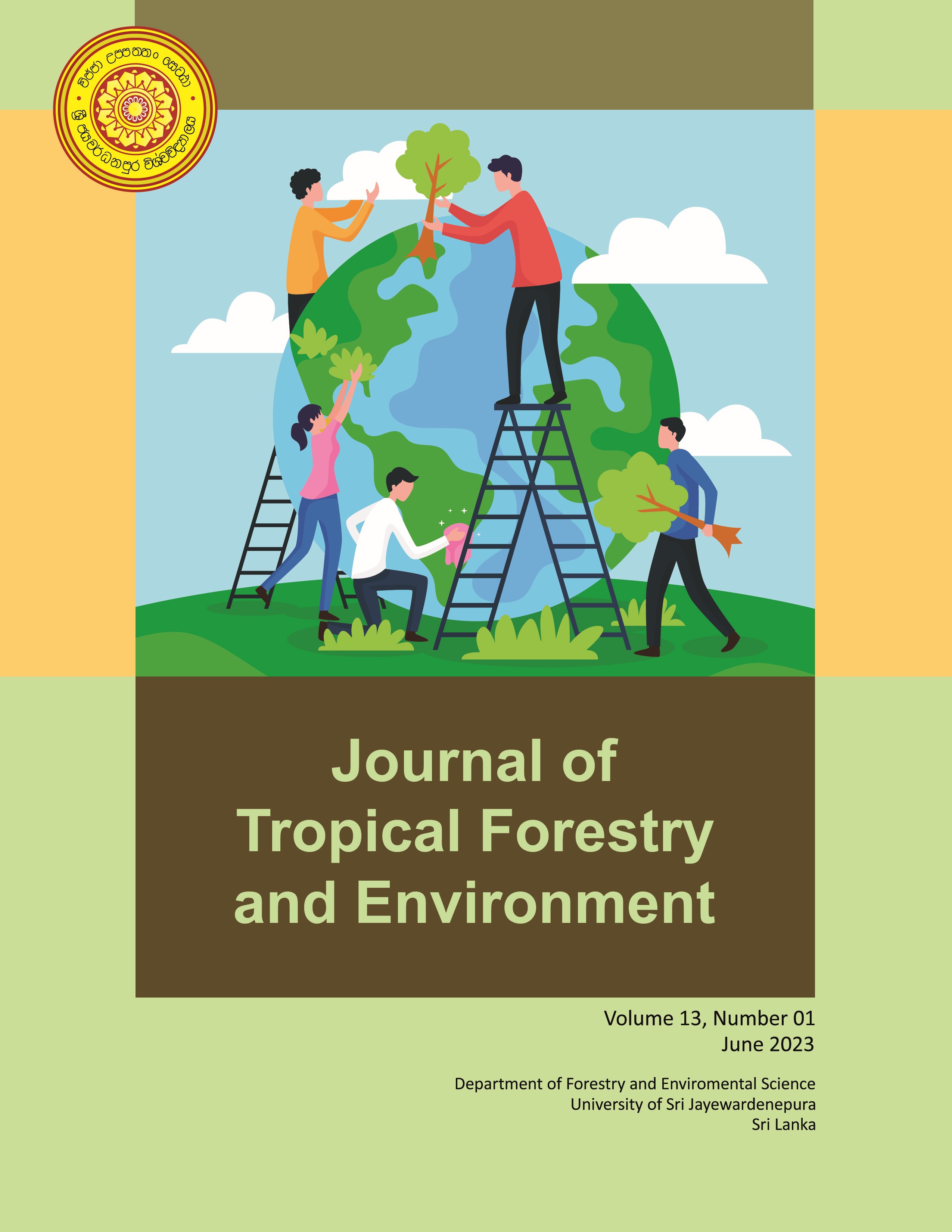Assessment of phytotoxicity of potable water treatment plant sludge-bound compost pellets on seed germination of radish (Raphanus sativus L.)
DOI:
https://doi.org/10.31357/jtfe.v13i01.6299Abstract
Maintenance of compost pellet stability highly depends on the binding materials used. Potable water treatment plant sludge (WTPS) has the potential to be used as a binding material due to its high content of clay, organic matter, and nutrients. Compost and WTPS may contain heavy metals, toxic compounds, salts, and growth inhibitors and they may be phytotoxic to the plants. The present study aimed to assess the phytotoxicity of different pelleted compost using a seed germination bioassay of Raphanus sativus L. Pellet aqueous extracts (PAEs) were prepared from four types of compost pellets (T1: commercial compost pellet, T2: commercial integrated pellet, T3: WTPS-bound compost pellet, T4: WTPS-bound integrated pellet). The dilution sequence of PAEs at 50% and 100% concentrations were tested for seed germination in Petri dishes in a randomized design with three replicates. pH, EC, and selected heavy metal concentrations (Al3+, Zn2+, Cu2+, and Cr6+) were determined in PAEs. Relative Seed Germination % (RSG%), Relative Radicle Growth % (RRG%), and Germination Index (GI) were calculated for all the treatments after 72 hours. RSG%, RRG%, and GI showed negative correlation with EC. PAEs of T2 showed high phytotoxicity, while T4 showed less phytotoxicity at the 100% concentration level, whereas other treatments did not show any signs of phytotoxicity. All the PAEs at 50% concentration level were free from phytotoxicity. Hence, 10% WTPS on a w/w basis can be used as a binding material in pelletizing loose compost.
Downloads
Published
How to Cite
Issue
Section
License
The publisher retain the copyrights of contents published, and all open access articles are distributed under the terms of the Creative Commons Attribution-Noncommercial-No Derivative Works 3.0 Unported License[U1], which permits unrestricted use, distribution and reproduction in any medium, provided that the original work is properly cited.
You can download the Legal Code for this License at: http://creativecommons.org/licenses/by-nc-nd/3.0/legalcode


